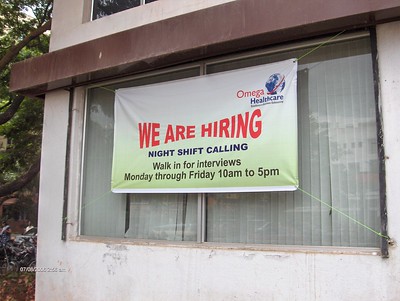Yesterday, I wrote about the labor participation rate of women in the United States. About 1.5M women who had been working at the onset of the pandemic have still not returned to the workforce. The decline in workforce participation isn’t limited to women, though. Since 1970, the labor participation rate of men has dropped from 80% to 67.5%.
The reasons for the decline complex. Some people argue that the decline in participation is a statistical side effect of the Baby Boomers exiting the workforce. While it is true that Baby Boomers are exiting the workforce, this decline started in 1970 when the oldest Baby Boomers were just 24 years old. Additionally, the labor participation rate looks at people between the ages of 16 and 65. A subset of those workers – called prime-age workers are between the ages of 25-54. This bracket largely excludes those who may be attending school or who may exit the workforce for health reasons or early retirement. Labor participation among prime-age males has declined as well. den
Since 1970, the labor participation rate of women has increased – from 43% to 57.8%. Some economists argue that the number of women with college degrees has increased, making them both more valuable to employers and less likely to be laid off or fired. Indeed, empirical data show that women are less likely to be involuntarily separated from their employment. That is, until the pandemic. Following the onset of COVID-19, women exited the labor force at a higher rate than men did.
Community colleges might reverse labor participation trends
Research by the Federal Reserve Bank of Richmond studied the declining labor participation rate. In surveys of people of working age who do not work, 47% of non-working men said they did not work because they were going to school. (In contrast, 30% of non-working women said they did not work in order to attend school.)
Twenty-six percent of non-working men cited illness or disability as the primary reason for not working. Hidden among chronic or debilitating illnesses are substance abuse and mental health disorders. In 2017, as many as 9.5% of males and more than 5% of females 12 years of age or older had substance abuse disorders. Untreated substance abuse can severely limit a person’s ability to participate in the workforce. Statistically, men are more likely to have substance use disorders, and this may account for some of the decline in labor participation among men.
It is true that people with college degrees earn more than those without them. If it is also true that a college degree confers a protective effect on the holder when it comes to job losses, the community colleges have a role in preparing men to remain employed in difficult economic times. But this can only happen when community colleges make a concerted effort to increase the value of their degree programs and help students (men and women) overcome the challenges that prevent them from succeeding in school.
Instead, at Washtenaw Community College, we have an administration that is hellbent on eliminating degree programs in favor of non-degree certificates. They also target services that assist students, like transportation subsidies and on-campus childcare.
It’s time to start asking whether the administration wants students on campus. They sure don’t act like it.
Photo Credit: Esther Dyson , via Flickr















